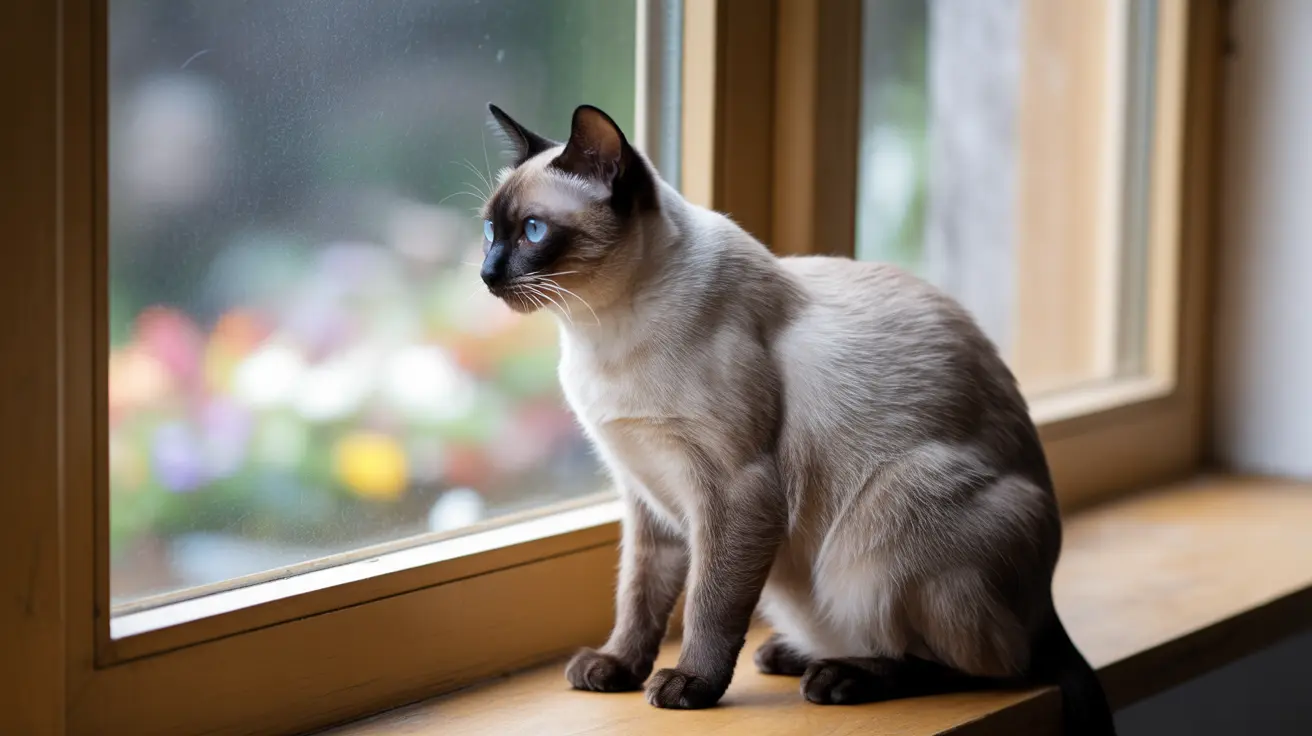Have you ever noticed your cat making a distinctive bird-like sound, especially when they spot potential prey through a window? This fascinating vocalization, known as a chirrup, is one of the most intriguing sounds in a cat's communication repertoire. Let's explore what cat chirrup means and why our feline friends make this peculiar sound.
Cat chirrup, also called trilling or chattering, is a short, high-pitched vocalization that sounds remarkably different from typical meows or purrs. This unique sound serves multiple purposes in feline communication and behavior, from expressing excitement to social bonding.
What Does Cat Chirrup Sound Like?
A cat chirrup is best described as a melodic, bird-like sound that combines elements of a chirp and a trill. It's typically produced with the mouth closed or slightly open, often accompanied by rapid jaw movements. Unlike meows, which tend to be longer and more drawn out, chirrups are quick, staccato sounds that can occur in rapid succession.
Common Reasons Why Cats Chirrup
Hunting Instinct Expression
One of the most common contexts for chirruping occurs when cats spot potential prey, particularly birds or small animals, through windows. This behavior is deeply rooted in their predatory instincts and often indicates a state of heightened excitement or anticipation.
Social Greeting and Bonding
Cats frequently use chirruping as a friendly greeting, both with their human family members and other cats. Mother cats particularly employ this sound to communicate with their kittens, encouraging them to follow or pay attention.
Attention-Seeking Behavior
Many cats learn that chirruping can effectively attract their owner's attention. This behavior might be used to request food, playtime, or simply to initiate interaction with their human companions.
The Science Behind Cat Chirruping
Research suggests that chirruping is one of the most instinctive cat vocalizations, preserved from their wild ancestors. Unlike meowing, which cats primarily developed to communicate with humans, chirruping serves multiple evolutionary purposes, from hunting to social bonding.
Impact of Breed and Age on Chirruping
Some cat breeds, particularly Siamese and other Oriental breeds, are more vocal and may chirrup more frequently than others. Additionally, younger cats and kittens tend to chirrup more often, especially during play and social interactions.
Frequently Asked Questions
Why does my cat make a chirrup sound when watching birds or squirrels?
Cats chirrup when watching potential prey due to a combination of excitement and hunting instinct. This vocalization might be an attempt to mimic prey sounds or express frustration at being unable to reach the target.
What does it mean when a cat chirps while greeting me or other cats?
Chirping during greetings is a friendly social signal, similar to saying "hello." It's typically accompanied by positive body language and indicates your cat is happy to see you or other feline companions.
Can cats chirrup to ask for attention or food from their owners?
Yes, cats often learn that chirruping is an effective way to get their owner's attention. They may use this sound to request food, attention, or playtime, especially if this behavior has been positively reinforced.
How is a cat's chirrup different from meowing or purring?
Chirruping is distinct from meowing and purring in both sound and purpose. It's shorter, more melodic, and often involves rapid jaw movements. While meows are learned behaviors for human communication and purrs indicate contentment or self-soothing, chirrups serve multiple purposes including greeting, hunting excitement, and attention-seeking.
Are certain cat breeds more likely to chirrup, and why do kittens chirp more often?
Yes, some breeds, particularly Siamese and Oriental cats, are more prone to chirruping due to their naturally vocal nature. Kittens often chirrup more frequently as part of their developmental process and social learning, particularly during play and interaction with their mother and siblings.
Conclusion
Cat chirruping is a fascinating aspect of feline communication that serves multiple purposes in their behavioral repertoire. Whether expressing excitement during hunting, greeting loved ones, or seeking attention, this unique vocalization offers valuable insight into our cats' emotional states and social needs.






